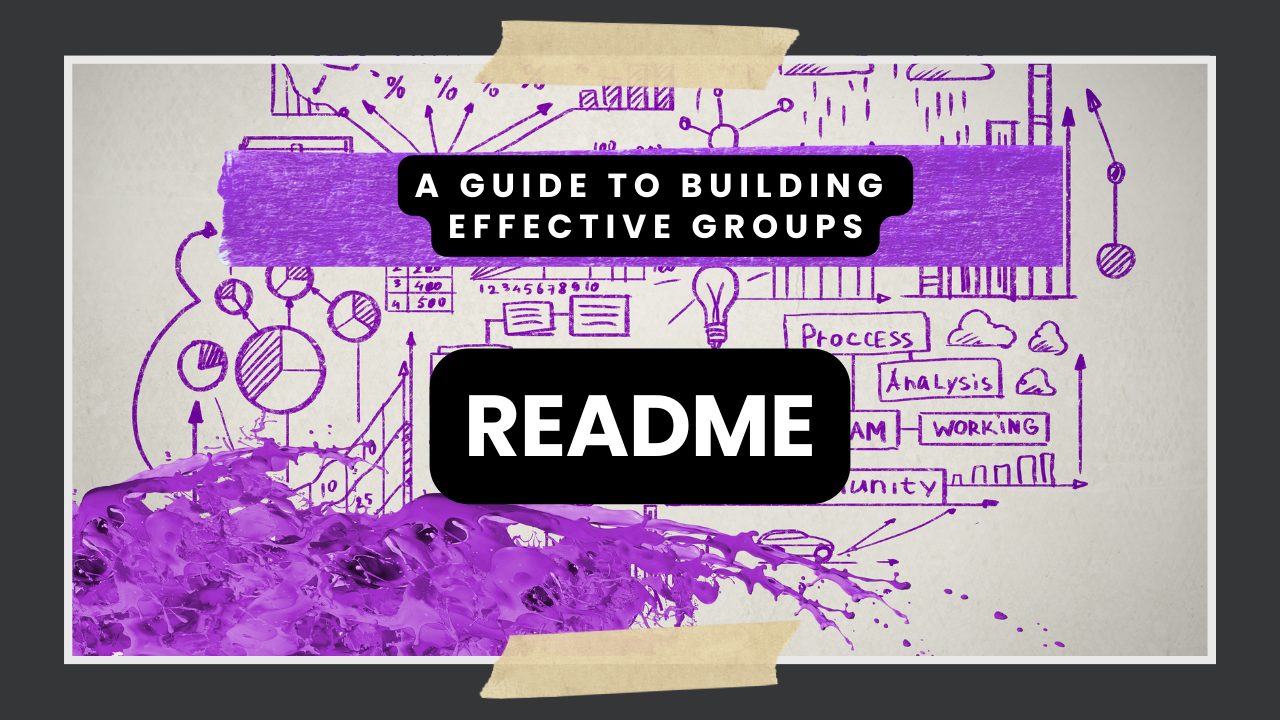Grouping
Boost engagement and learning through the right grouping strategy - see how below. .
By intentionally grouping students, teachers can balance skills, foster collaboration, and create learning communities that match the purpose of each activity all while ensuring each group has the right mix of abilities and perspectives for the situation at hand thus helping students learn both the content and how to work effectively with others. Groups can be built based on ability, personality, familiarity, or randomized with creative tools like colors, stickers, puzzles, or line-ups—giving teachers flexibility to match grouping strategy with purpose.
Strategic grouping is ideal for content learning, long-term projects, and high-stakes tasks, as it ensures balanced skills, targeted support, and better outcomes—though it requires more planning and data.
Random grouping is quick, low-prep, and effective for community-building, equity, and adaptability, but may create imbalances or behavior challenges.
Strategic and random grouping each have distinct strengths, and a blended approach offers the best balance. Teachers can combine both methods throughout the year to provide students the comfort of familiar peers and the growth of new collaborations.
Grouping README - Discover smarter ways to group your students...learn more in this README Doc.
Grouping Tool - Build strategic groups of mixed or similar ability.
Use strategic grouping to build groups and make seating charts - extremely effective for learning content.
Learn more about how Strategic Fixed Grouping bolsters Cooperative Learning - Coming Soon!




